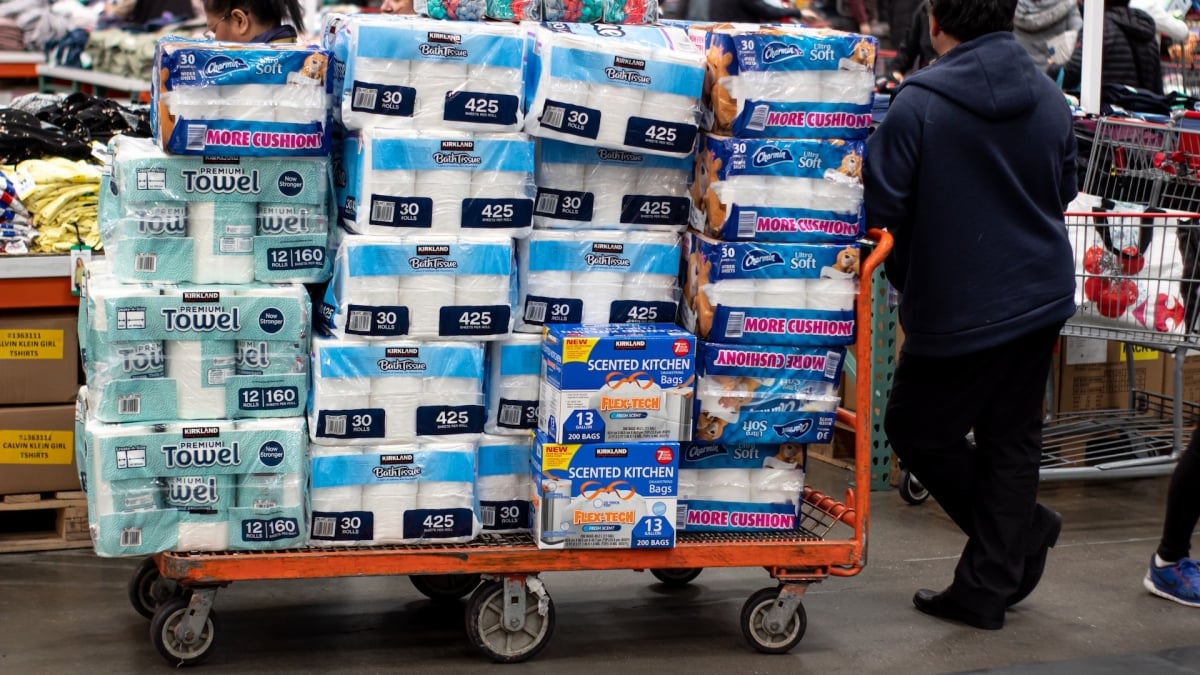With tariffs causing uncertainty, many consumers are wondering how to prepare for potential price increases and shortages. While the exact impact remains unclear due to fluctuating tariff rates and ongoing trade negotiations, it is widely agreed that higher prices and reduced availability of certain goods are inevitable. Here’s a thoughtful guide on what to consider stockpiling and what to avoid.
Key items to purchase now include toys, as China manufactures approximately 80% of the toys sold in the U.S., making them likely to see significant price hikes. Prescription and over-the-counter medications should also be considered, given the fragile global supply chain for pharmaceuticals. Pet food, which relies heavily on imported ingredients, is another practical item to stockpile. Additionally, long-lasting food staples such as rice, canned goods, and beans can help mitigate the effects of rising grocery prices.
Other items worth considering include coffee, chocolate, batteries, underwear, personal care products like toothpaste and soap, glasses and contact lenses, and spices. These products are either heavily reliant on imports or have long shelf lives, making them good candidates for stockpiling.
On the other hand, there are items that don’t make sense to hoard. Toilet paper, for instance, is mostly produced domestically, so shortages are unlikely despite potential price increases. Clothing and electronics are also not practical to stockpile due to their limited utility and rapid obsolescence.
By focusing on thoughtful stockpiling, consumers can better prepare for the economic changes brought about by tariffs.
— new from Lifehacker
